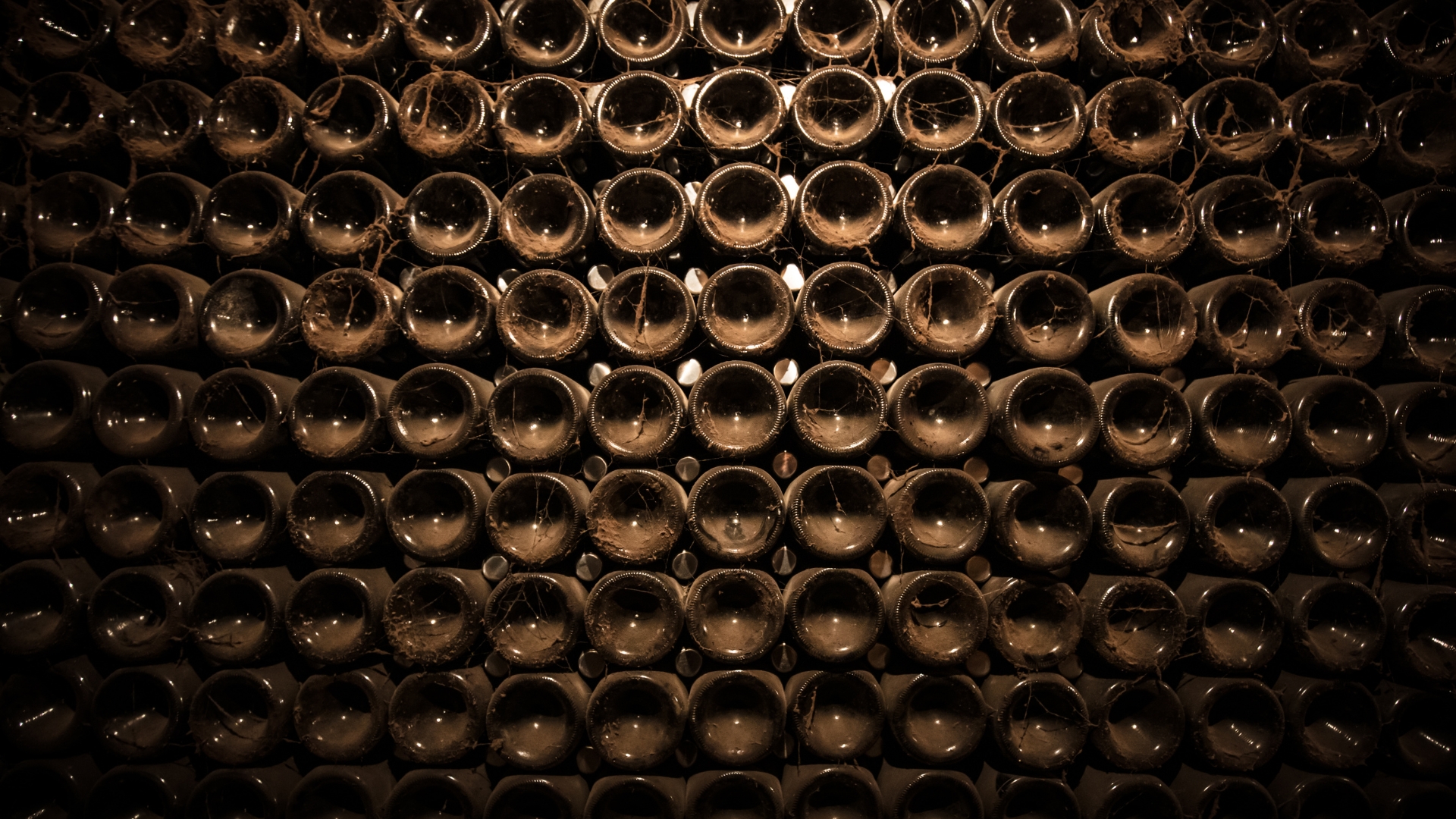A wine cellar cooling unit is a vital investment for any serious wine collector.
Protecting that investment and ensuring its longevity requires proactive care and regular maintenance.
This guide provides practical tips and expert advice on extending the life of your wine cellar cooling unit, from essential maintenance tasks to troubleshooting common problems.
Keep your wine cellar running smoothly and your collection perfectly preserved with these helpful strategies.
Understanding Your Wine Cellar Cooling Unit
A wine cellar cooling unit is more than just an air conditioner; it’s a climate control system specifically designed to preserve your valuable wine collection.
Understanding how these units work and the different types available is crucial for choosing the right system and ensuring its longevity.
5 Types of Wine Cellar Cooling Units
Wine cellar cooling units come in various configurations, each designed for specific needs and spaces:
- Through-the-Wall Units: These self-contained units are installed through an exterior wall, similar to a window air conditioner. They’re the most affordable and easiest to install, making them a popular choice for smaller wine cellars or those on a budget. Despite their simplicity, modern through-the-wall units offer advanced features like temperature and humidity monitoring, touchscreen controls, and even optional heaters for colder climates.
- Ducted Units: These units are also self-contained but are typically installed outside the cellar, with cooled air ducted into the space. This allows for quieter operation and maximizes storage space within the cellar. Wine Guardian offers ducted units in a range of capacities, from 1,000 to 15,680 BTUs, suitable for both residential and commercial cellars. They can also be equipped with optional water-cooled capabilities and integrated humidifiers.
- Ducted Split Systems: These systems separate the evaporator and condenser units, offering greater flexibility in installation and longer duct runs. The condenser is placed outside the cellar, while the evaporator is installed in a nearby location and connected via ductwork. This configuration is ideal for larger or more complex wine cellars where space is limited or specific layouts are required. Due to their copper refrigerant connections, installation requires a licensed contractor.
- Ductless Split Systems: Ideal for spaces where ductwork isn’t feasible, these systems also have separate evaporator and condenser units. The condenser is placed outside, while the evaporator is mounted directly into the cellar’s ceiling or wall. Wine Guardian offers wine wall, ceiling-mounted, and through-the-wall ductless split systems, suitable for small to mid-sized wine displays or rooms. Some models even offer serving temperature settings, perfect for restaurants or bars.
- Cabinet Cooling Systems: Designed specifically for wine cabinets, these compact, self-contained units require no ductwork or drain lines. They can be installed at the top or bottom of the cabinet and often include a serving temperature option, making them ideal for restaurants and bars with varying wine service needs. Wine cabinets, being smaller and well-sealed, are also significantly more energy-efficient than traditional cellars, often by as much as 60%.
Key Components of a Wine Cellar Cooling System: Compressor, Evaporator, Condenser, and More
Regardless of the type, most wine cellar cooling units rely on a few key components:
- Compressor: This is the heart of the system, compressing and circulating the refrigerant.
- Condenser: Releases heat absorbed by the refrigerant to the outside environment.
- Expansion Valve: Regulates refrigerant flow and reduces its pressure and temperature.
- Evaporator Coil: Absorbs heat from the wine cellar, cooling the air.
- Thermostat/Humidistat: Controls the temperature and humidity levels within the cellar.
- Fans: Circulate the cooled air throughout the cellar for even temperature distribution.
Understanding these components and the different types of cooling systems available can help you choose the right unit for your wine cellar and ensure its efficient operation and longevity.
Uptown Appliance Repair specializes in wine cellar cooling unit maintenance and repair for all major brands and types of systems.
Contact us in Dallas ((214) 761-8300) or Houston ((281) 758-9978 for expert advice and service.
The Importance of Regular Maintenance
Maintaining your wine cellar cooling unit is like getting regular checkups for your health.
It’s preventative care that can save you from major problems down the road.
A well-maintained cooling unit not only runs more efficiently but also lasts longer, protecting your wine investment and saving you money on costly repairs.
Preventing Costly Repairs and Extending Unit Lifespan
Neglecting regular maintenance can lead to a host of problems, from reduced cooling efficiency to complete system failure.
Dust and debris buildup on condenser coils, clogged drain lines, and worn-out components can all contribute to premature wear and tear.
Regular maintenance addresses these issues before they escalate, extending the lifespan of your cooling unit and preventing expensive repairs or replacements.
Simple tasks like cleaning coils and filters can significantly impact the unit’s longevity.
Maintaining Optimal Cooling Efficiency and Performance
A well-maintained cooling unit operates at peak efficiency, ensuring your wine cellar maintains the precise temperature and humidity levels required for optimal wine preservation.
Regular cleaning and inspections prevent airflow restrictions, refrigerant leaks, and other issues that can compromise cooling performance.
This not only protects your wine but also saves you money on energy costs. A clean unit simply works better and uses less energy.
Protecting Your Wine Collection from Temperature Fluctuations
Consistent temperature and humidity are crucial for preserving the quality and flavor of your wines.
Regular maintenance helps prevent temperature fluctuations by ensuring your cooling unit is functioning correctly and efficiently.
Addressing potential problems early on, such as a dirty air filter or a clogged drain line, can prevent temperature swings that could damage your valuable collection.
Protecting your wine is the ultimate goal of a well-maintained cooling unit.
Just like a car needs regular oil changes and tune-ups, your wine cellar cooling unit needs attention to keep it running smoothly.
Uptown Appliance Repair offers comprehensive maintenance plans for wine cellar cooling units, providing expert service and preventative care to protect your investment and ensure your wines are always stored in optimal conditions.
Essential Maintenance Tasks for your Wine Cellar Cooling Unit
Regular maintenance is the key to a long-lived and efficient wine cellar cooling unit.
By performing these essential tasks, you’ll not only prevent costly repairs but also protect your valuable wine collection.
Cleaning the Condenser Coils: A Step-by-Step Guide
Dust and debris are the enemies of efficiency. They accumulate on the condenser coils, reducing their ability to release heat and forcing the unit to work harder.
To prevent this, aim to clean the coils every few months, or more often in dusty environments. Start by unplugging the unit and removing any obstructions.
A vacuum with a brush attachment, a condenser coil brush, or compressed air (while the system is running) will do the trick. Gentle is the key here; avoid damaging those delicate fins. Finally, wipe away any excess condensate with a clean cloth.
Checking and Cleaning Drain Lines: Preventing Water Damage
Condensation is a natural part of the cooling process, so a clear drain line is essential.
Think of it like this: the drain line carries away excess moisture, preventing leaks and mold. Inspect the drain line regularly, at least every three months, for clogs.
A brush or a warm water and vinegar solution can clear most blockages. Drain pan tabs can also help prevent mold growth in the drain pan itself. This small step can save you from a big headache later.
Inspecting Electrical Connections and Components: Ensuring Safe Operation
Electrical problems can be a fire hazard, so regular checks are non-negotiable.
To ensure safety, inspect the electrical connections and components of your cooling unit. Look for loose wires, frayed cords, or corrosion.
Before you touch anything, disconnect the power! Check the power cord and plug for wear, making sure the outlet connection is secure. Inside the unit, verify that all wire connections are tight and correctly color-coded. Inspect the wire insulation for damage. And don’t forget the grounding wire; it’s there for a reason.
Finally, double-check that the correct circuit breaker is being used. If you’re not comfortable with electrical work, call a qualified electrician. Your unit’s manual should have specific instructions, too.
By consistently performing these essential maintenance tasks, you’re investing in the long-term health of your wine cellar cooling unit and the safety of your wine collection.
And remember, Uptown Appliance Repair offers professional maintenance services in Dallas and Houston.
We’re here to help keep your cooling unit running smoothly.
Contact us today to schedule a service appointment.


